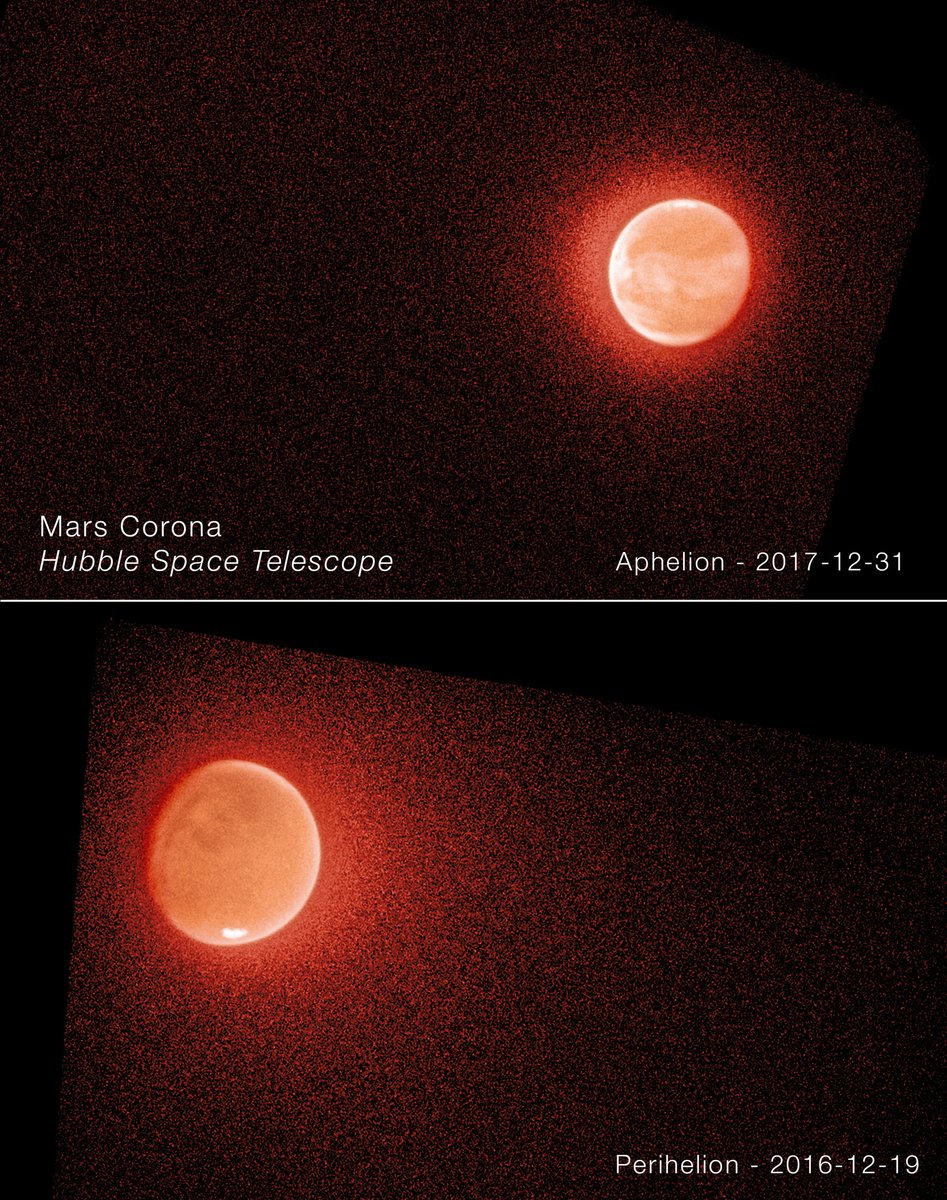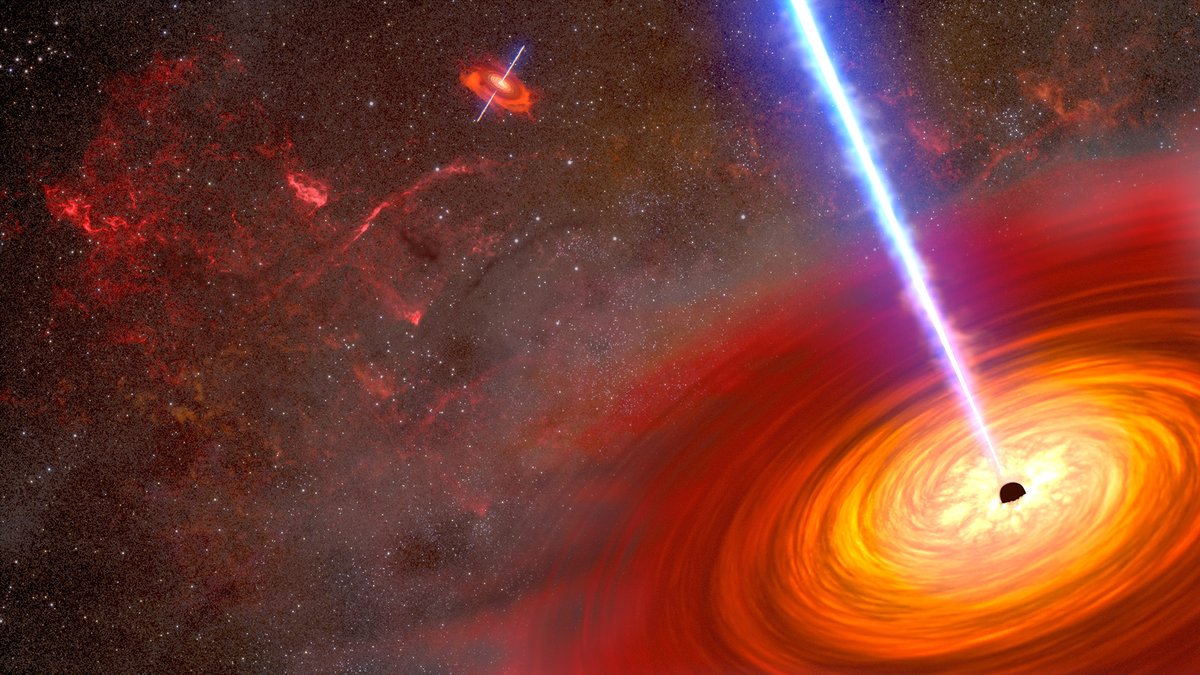
Hubble Space Telescope
@hubbletelescope
A former account for the Hubble Space Telescope. For more about Hubble, follow @NASAHubble. For more on Hubble's science operations, follow @SpaceTelescope.
ID: 15169176
19-06-2008 13:31:40
5,5K Tweet
418,418K Followers
170 Following


A Martian mystery: What happened to the water that once covered the Red Planet? Scientists know some of it went deep underground, but what became of the rest? Hubble and MAVEN Mission to Mars teamed up to help scientists understand the history of water on Mars: bit.ly/3X37nsZ


Hubble and Chandra Observatory have uncovered a pair of supermassive black holes that are just 300 light-years apart. They are buried deep inside the heart of a pair of colliding galaxies that will eventually merge to make a bigger black hole: bit.ly/3YpIM3Q



























